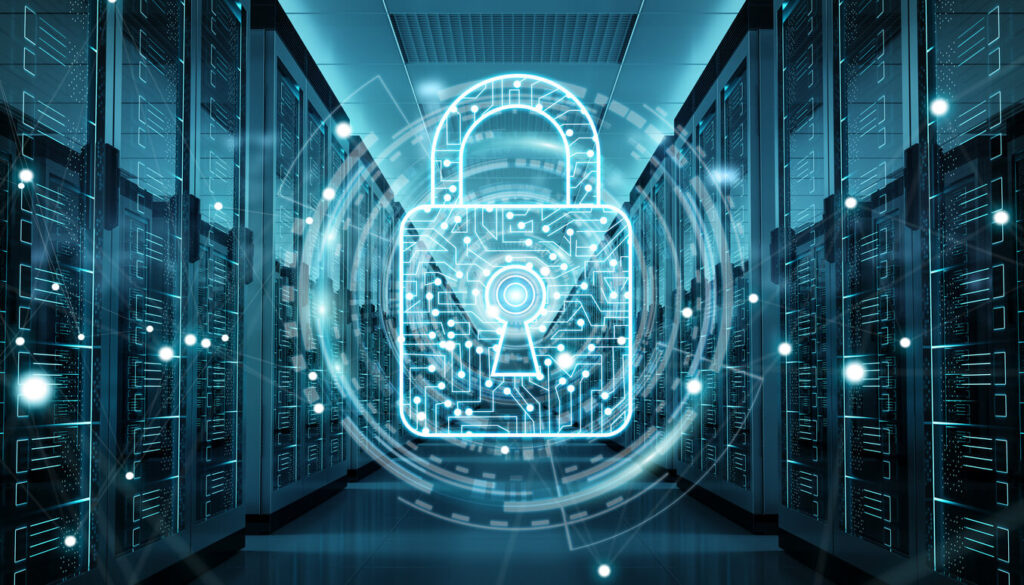It’s no secret that our government’s data assets need to be kept safe from hackers at all cost, especially with more and more information becoming digital. To ensure data safety, government agencies use tools to protect this data, which are constantly being updated. While there are various tools available, they all have the same goal which is to alert technology leaders of any suspicious activity and provide these leaders more visibility into these networks. So, what does cybersecurity in government technology look like?
Artificial Intelligence and Machine Learning
AI and ML are two essential elements in keeping data safe. These tools use behavior analytics to detect unusual activity and prevent information from falling into the wrong hands. These algorithms are being modified and improved at an extremely rapid rate, as these tools are meant to reach and surpass human-level intelligence, thus being able to identify and block hackers. AI and ML allow for real-time threat assessment and risk management, making these increasingly valuable for cybersecurity in government technology.
Mobile Device Management
MDM allows administrators to monitor and control security arrangements from mobile devices. This authorizes employees to work remotely with the confidence that all information remains confidential, since these agency-approved devices are constantly monitored. MDM creates more flexibility for government agencies, as they are no longer tied to the agency’s network and are able to safely work from other areas.
Anti-malware
Malware is any software with the purpose of causing harm to a server, computer, etc. Anti-malware tools help technology leaders detect and remove any malware, while also preventing its access to that server/computer in the future. It is most commonly used in conjunction with other tools like anti-virus and anti-spy software as well for added protection.
![]()
Along with the three tools mentioned above, there is a laundry list of other similar methods to combating cyber-attacks. However, besides these concrete tools, there are also other preventative measures that government agencies should be taking. For example, passwords should be changed regularly, all employees should receive cybersecurity training, and employee access to data and information should be limited, specifically in authority to download software.
While these may seem like obvious steps to take, they are essential in maintaining the integrity of all government data. Additionally, in the case of a cyber-attack, government agencies should have a record of all data assets and backups/copies of everything so that you have an understanding of what may be compromised and a plan of action on how to address such an event.
With the adoption of these various tools, it is increasingly evident that there is high importance placed on cybersecurity in government technology. We hope this helped give you a better understanding of some tools that are utilized in this process and if you have any questions about best practices, please feel free to reach out to us – we’d love to chat! Additionally, check out our other blogs for more technology insights!
About Centurion Consulting Group
Centurion Consulting Group, LLC, a Woman-Owned Small Business headquartered in Herndon, VA conveniently located near Washington D.C., is a national IT Services consulting firm servicing the public and private sector by delivering relevant solutions for our client’s complex business and technology challenges. Our executive team has over 25 years of experience individually, to include over 10 years of direct business partnership in the IT staffing, federal contracting, and professional services industries. Centurion’s leaders have demonstrated expertise throughout the past three decades in partnering with over 10,000 consultants and hundreds of clients – from Fortune 100 to Inc. 5000 firms – in multiple industries to include banking, education, federal, financial, healthcare, hospitality, insurance, non-profit, state and local, technology, and telecommunications. www.centurioncg.com
